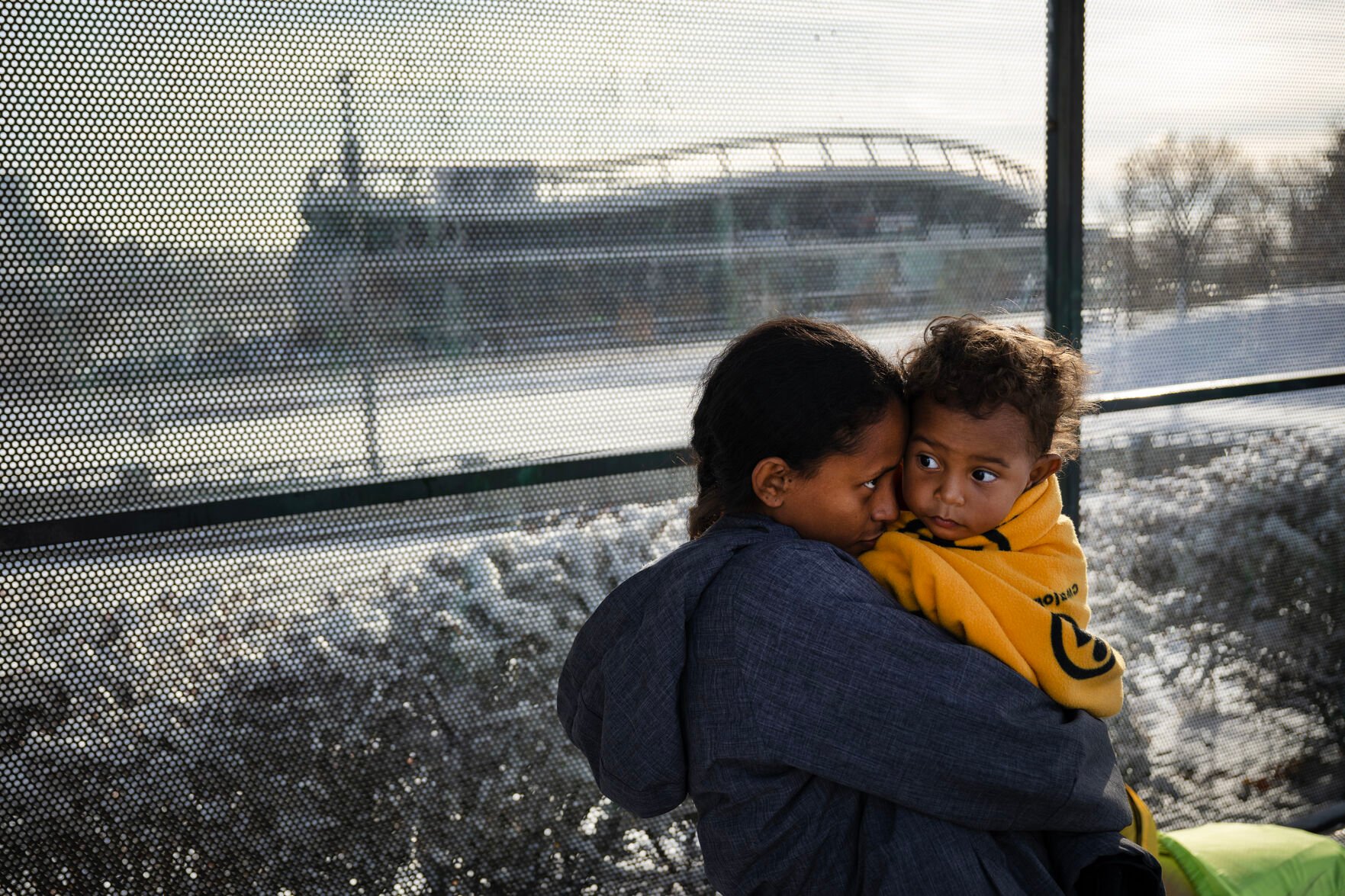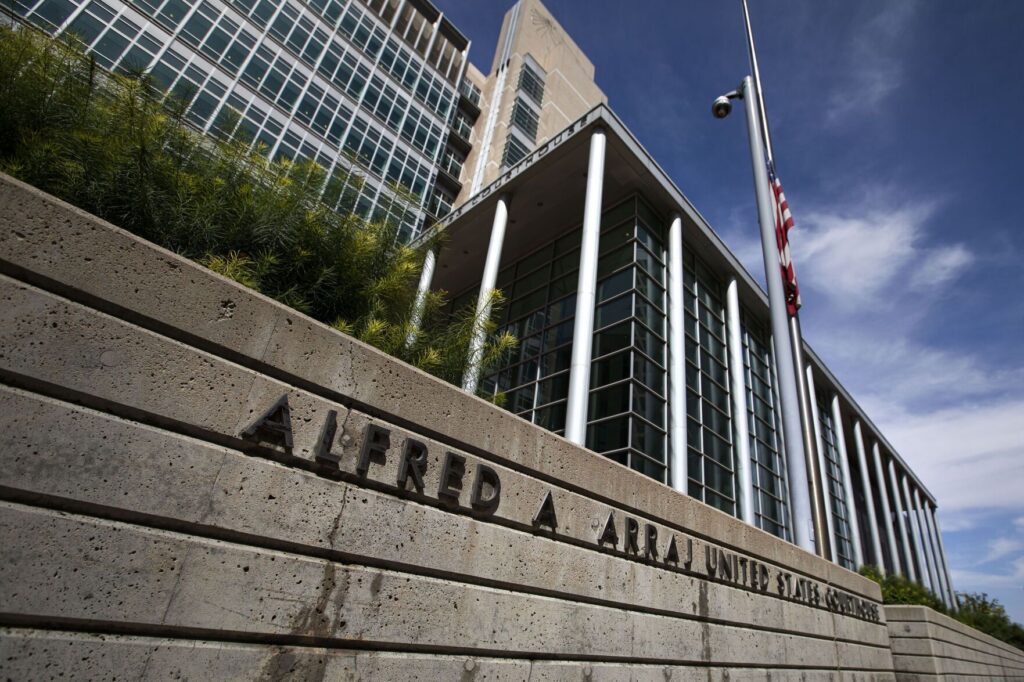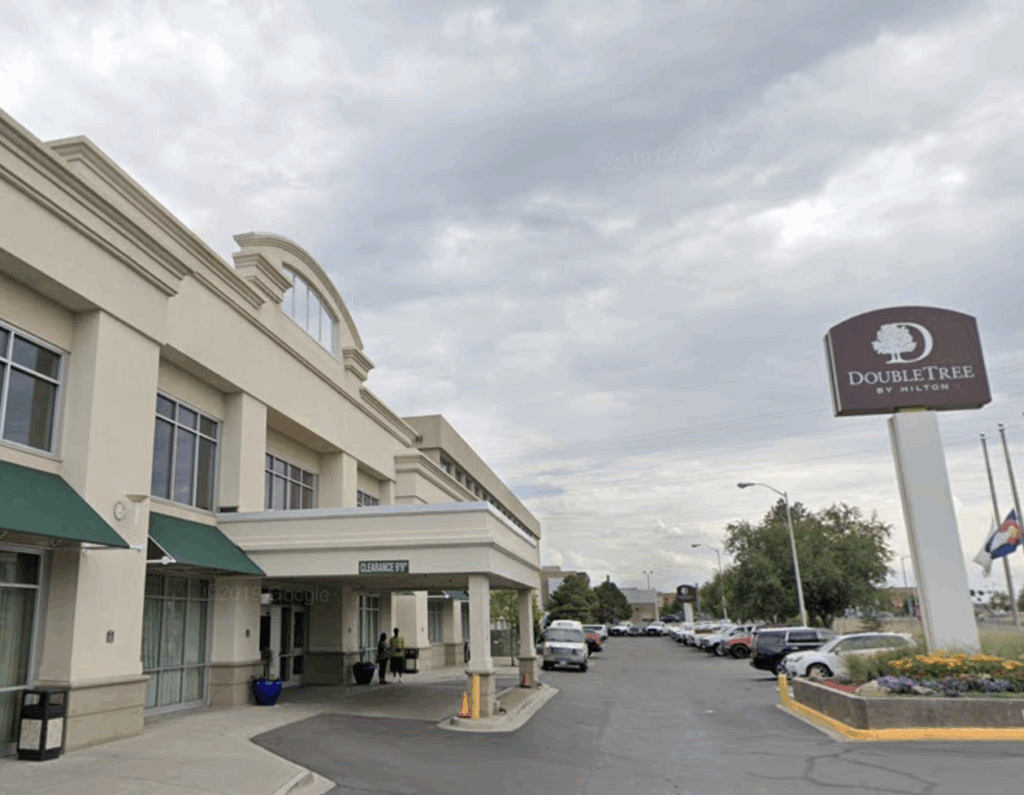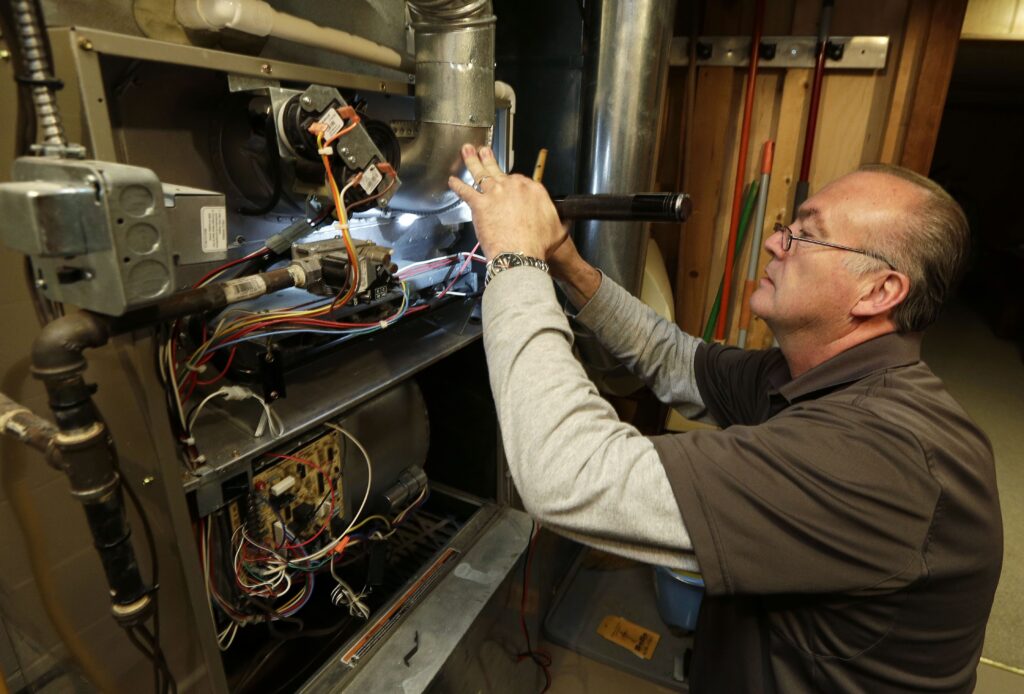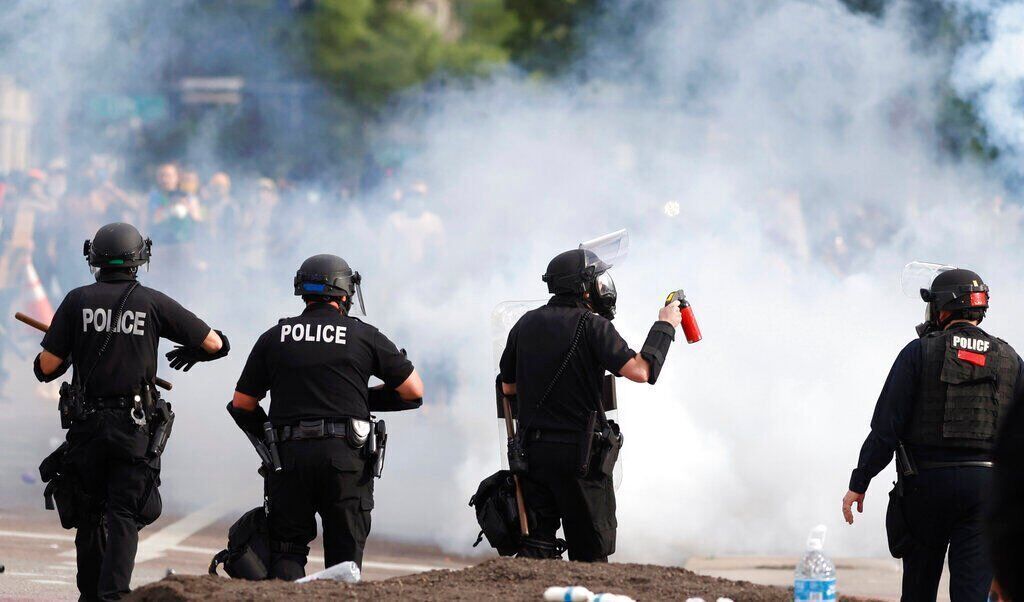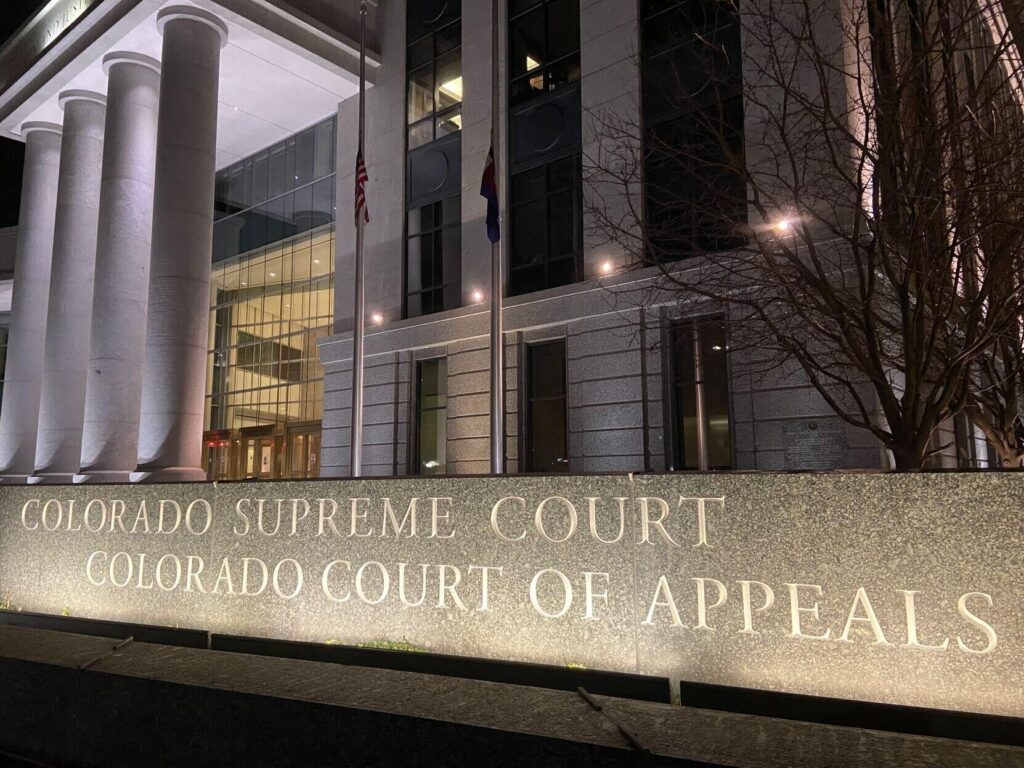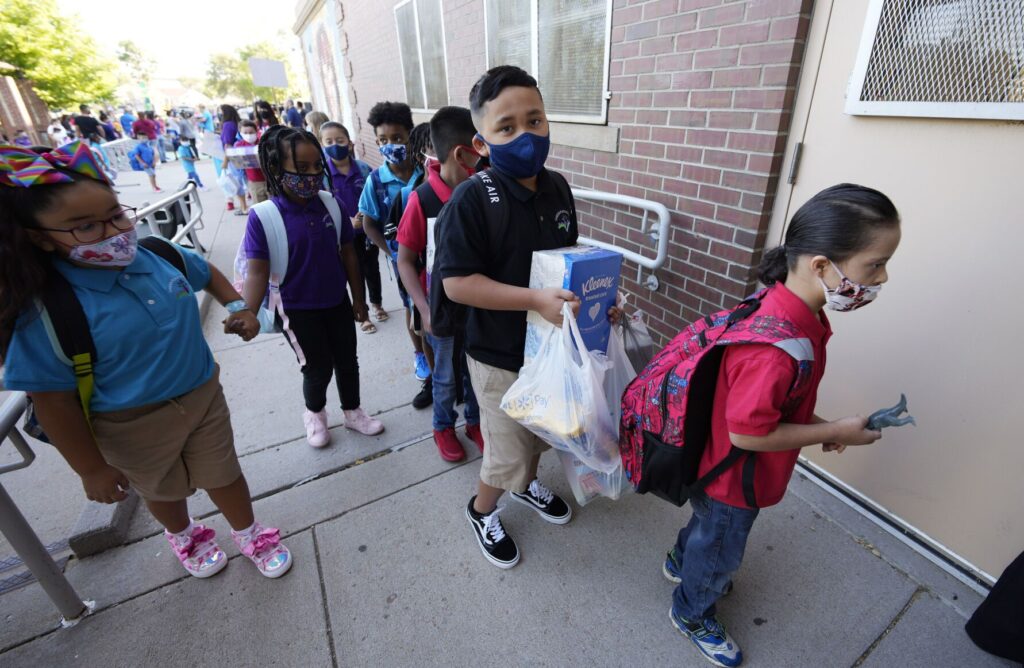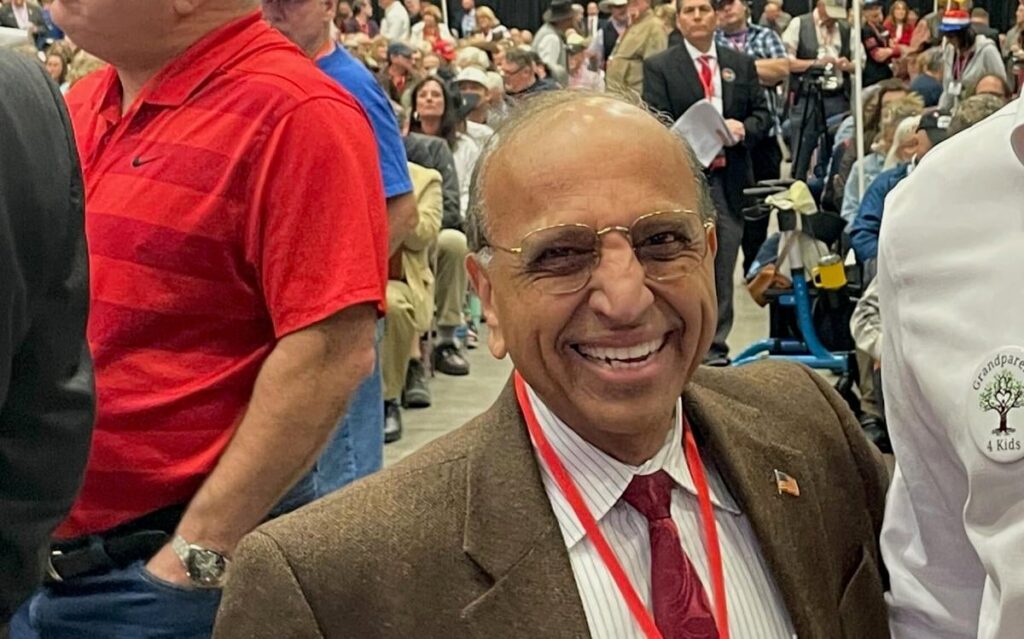Number of immigrants in Denver shelter surges as cold settles in
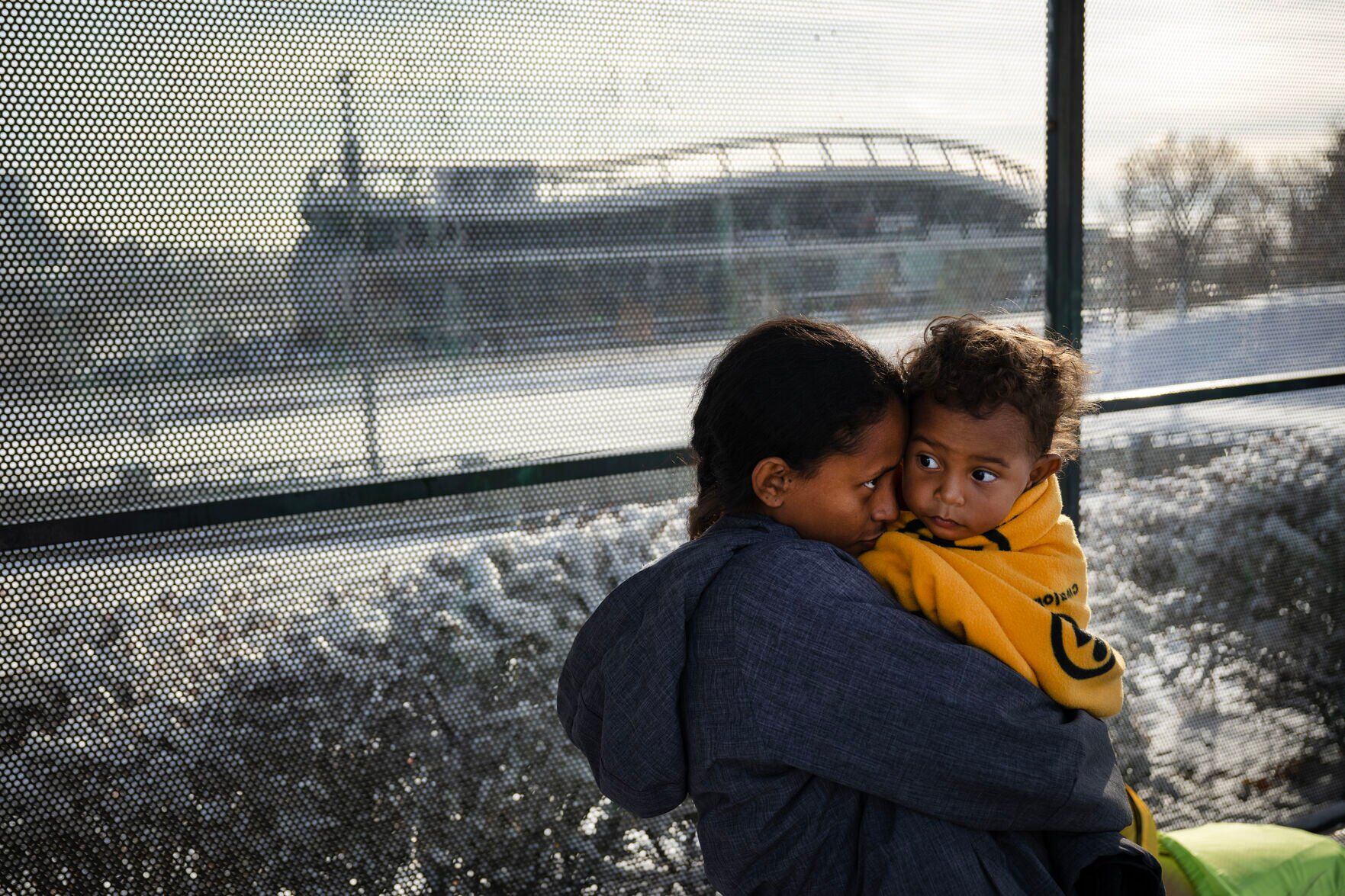
The number of immigrants in shelters in Denver surged to more than 3,100, as frigid temperatures prompted officials to pause discharging people and allow families to stay longer under the city’s care.
About 1,200 of those in shelters are children, said Jon Ewing, a Denver Human Services spokesperson.
Under the city’s rules, single adults can stay at a shelter for two weeks, while new arrivals with children can stay for up to 37 days. Denver is allowing families to stay longer than the allotted days.
“It’s not a lot of time to get your life in order,” Ewing said. “But it’s what we can do with the resources we have.”
With the colder weather, the city has suspended the limit – for now.
Ewing said Monday that the pause could end in the next couple of weeks.
“We don’t want to see children on the street,” Ewing said. “We haven’t been discharging because we’re trying to protect families.”
City officials are so concerned about the freezing temperatures, he said, that they had told families that had already timed out to return to one of the city’s five shelters.
Denver has at least three immigrant encampments, Ewing said.
“There are only so many hotels that we can book up in Denver,” Ewing said. “We only have so much money, too.”
In the 12 months since 90 immigrants were dropped off downtown at Union Station last December, Denver has spent more than $33 million responding to the humanitarian crisis that has seen more than 31,000 immigrants cross the U.S. border with Mexico and arrive at Colorado’s most populous city.
The cost to temporarily house, feed and transport the immigrants has largely fallen on Denver taxpayers, who have assumed roughly $6 out of every $10 spent.
Many of the new arrivals are from South and Central America. They have arrived in Denver with little more than the clothes on their back.
Their arrival has strained an already taxed system addressing Denver’s homeless problem.
Denver Mayor Mike Johnston said Monday the unauthorized immigrant population is vastly different from those who are homeless. Johnston has vowed to get 1,000 homeless off of the city’s streets by the end of the year. He has transitioned 491 homeless people to shelters so far, according to the city’s dashboard.
“The migrant crisis is a very different dynamic, but one that we’re working very hard on, in part because these are people who are arriving in Denver oftentimes with no desire to come to Denver, or no plan to come here,” Johnston said, adding they often do not have work documentation yet or have the ability to support themselves.
The immigrants’ greatest challenge is obtaining authorization to work, the mayor said.
“And so that means we’ve had different focuses, different areas of focus for those populations, which are really around getting them access to work, which is their No. 1 task,” Johnston said. “And, so, we do the short-term shelter, knowing that we can’t house them forever, but we do want to give them time to get stabilized, get on their feet, get access to work authorization, hopefully get a job, get some housing and get placed.”
On Saturday morning, a charter bus dropped off Mariussy Rosado, 23, and her 20-month-old son in the snow wearing little more than sweats and slide sandals with socks.
Border Patrol agents in El Paso tossed their clothes, jackets, baby medicine and diapers, Rosado said, adding she didn’t choose Denver and doesn’t know who purchased their one-way bus tickets to The Mile High City.
Over the past seven months, Texas Gov. Greg Abbott has bused more than 8,900 immigrants to Denver. That’s more than Texas has sent to Los Angeles and Philadelphia combined.
Abbott nabbed international headlines last year when he began sending immigrants to states led by Democratic governors. Since then, Abbott has expanded his busing program, dubbed “Operation Lone Star,” and has transported more than 75,000 immigrants out of Texas.
In a move that mimicked Florida Gov. Ron DeSantis – who flew about 50 Venezuelans to Martha’s Vineyard last fall – some immigrants from Texas do not often choose where they land, city officials said.
Early in the crisis, Denver officials decided the city would pay to transport immigrants to the city of their choice. As of October, Denver has spent roughly $4.2 million to transport immigrants to at least 46 states and Washington D.C., city data shows.
Denver has sent at least 450 immigrants back to Texas, the majority to Dallas.
Democratic and Republican-led governors have also exchanged jabs at each other for busing immigrants out of their state and into others.
The mayors of New York City and Chicago, for example, criticized Gov. Jared Polis earlier this year for shuffling immigrants around – an accusation that has also been leveled against Republican governors, such as Abbot.
As of Monday, Denver has received 30,944 immigrants.
Officials have speculated that immigrants are drawn to Denver because of its relative proximity to the Mexico border in El Paso, Texas. Others have said Denver is a preferred city by immigrants because of its status as a “sanctuary city.” Broadly speaking, a sanctuary city refers to local policies that prohibit cooperation with federal immigration authorities.
While officials have estimated 70% of the new arrivals do not intend to stay, the city has purchased bus and airline tickets for roughly half of the immigrants who have come to Denver.
The enormity of the number of immigrants coming illustrates the unfolding crisis at the border, which has spilled over into interior cities. Denver is more than 600 miles from El Paso, Texas, the closest U.S. border.
“There are a lot of tough decision that are going to have to be made,” Ewing said.
Ewing added: “We’re just not going to be able to support people if we don’t start discharging people.”
Denver Gazette reporter Noah Festenstein contributed to this report.
